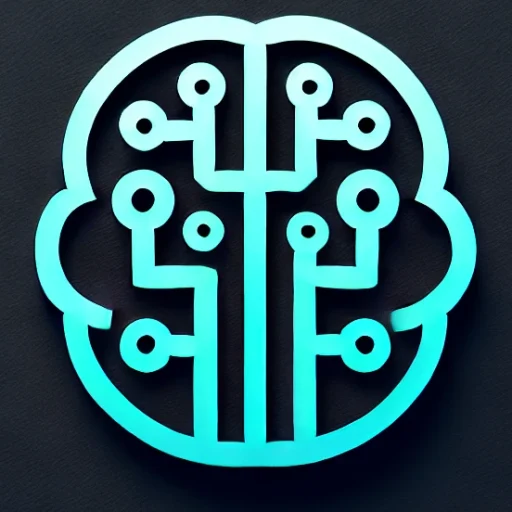
Introduction
In the rapidly evolving landscape of artificial intelligence, few innovations have captured the imagination of the tech community and the public alike as effectively as Generative AI. These sophisticated models, capable of creating text, images, music, and even code, are revolutionizing the boundaries of creativity and innovation. As AI technologies advance, generative models such as OpenAI’s GPT series and DALL-E are setting a new standard for what machines can achieve, underpinning radical shifts in how we think, work, and create.
Key Insights & Latest Advancements
Generative AI refers to algorithms that can create new content by learning from existing data. Unlike traditional AI, which focuses on pattern recognition and data analytics, generative models are designed to produce novel outputs. The remarkable capabilities of these models are exemplified by several groundbreaking advancements:
-
GPT-4 and Text Generation: OpenAI’s GPT-4 has set a new benchmark in natural language processing (NLP), offering enhanced contextual understanding and language fluency. Its ability to generate coherent, contextually relevant text is transforming industries from content creation to customer service.
-
DALL-E 3 and Image Synthesis: DALL-E 3 by OpenAI demonstrates the astonishing ability of AI to generate images from textual descriptions. This leap in image generation technology is not only altering digital art but also redefining marketing and design industries with on-demand, customizable imagery.
-
Music and Code Generation: Models like Jukedeck and Codex are pushing the boundaries of AI-generated music and programming. These tools simplify complex processes, allowing creators to experiment and iterate at an unprecedented pace.
Real-World Applications
The applications of generative AI span multiple sectors, unlocking new potentials:
-
Creative Arts: Artists and designers utilize AI-generated visuals and music to inspire novel works or enhance productivity. This collaboration between human creativity and machine precision is leading to innovative art forms.
-
Marketing and Advertising: Personalized content creation is being streamlined with AI, enabling brands to engage with consumers more effectively through tailored advertisements and messages.
-
Healthcare: In drug discovery and medical research, generative AI models assist in simulating molecular structures and potential drugs, accelerating one of the most critical phases in healthcare innovation.
-
Gaming and Entertainment: Procedurally generated content in games, from landscapes to storylines, is becoming increasingly sophisticated, offering players unique and highly personalized experiences.
Challenges & Future Outlook
Despite its transformational potential, generative AI presents significant challenges:
-
Ethical and Bias Concerns: As generative models learn from vast datasets, they can inadvertently perpetuate biases present in the data. Ensuring ethical deployment and fairness remains a priority.
-
Intellectual Property: The question of ownership over AI-generated content is complex and yet to be fully resolved in legal frameworks worldwide.
-
Security and Misinformation: The ability to generate hyper-realistic text and images raises concerns about misinformation and digital security, necessitating robust verification methodologies.
Looking ahead, the future of generative AI is promising. Continued advancements in model architecture and the democratization of AI tools will likely enhance accessibility and innovation. As these technologies mature, their integration into existing systems will require careful navigation of ethical, legal, and societal boundaries to maximize benefits while minimizing risks.
Conclusion
Generative AI stands at the forefront of technological innovation, offering unprecedented possibilities for creativity and industry transformation. While challenges remain, the ongoing dialogue among technologists, ethicists, and policymakers will be crucial in guiding these powerful tools toward a future where AI augments human potential responsibly and ethically. Key takeaways highlight the urgency in addressing ethical implications while embracing the creative revolution that generative AI heralds. As we continue to explore and develop these technologies, the potential to reshape industries and create new paradigms of interaction and creativity is vast and inspiring.

